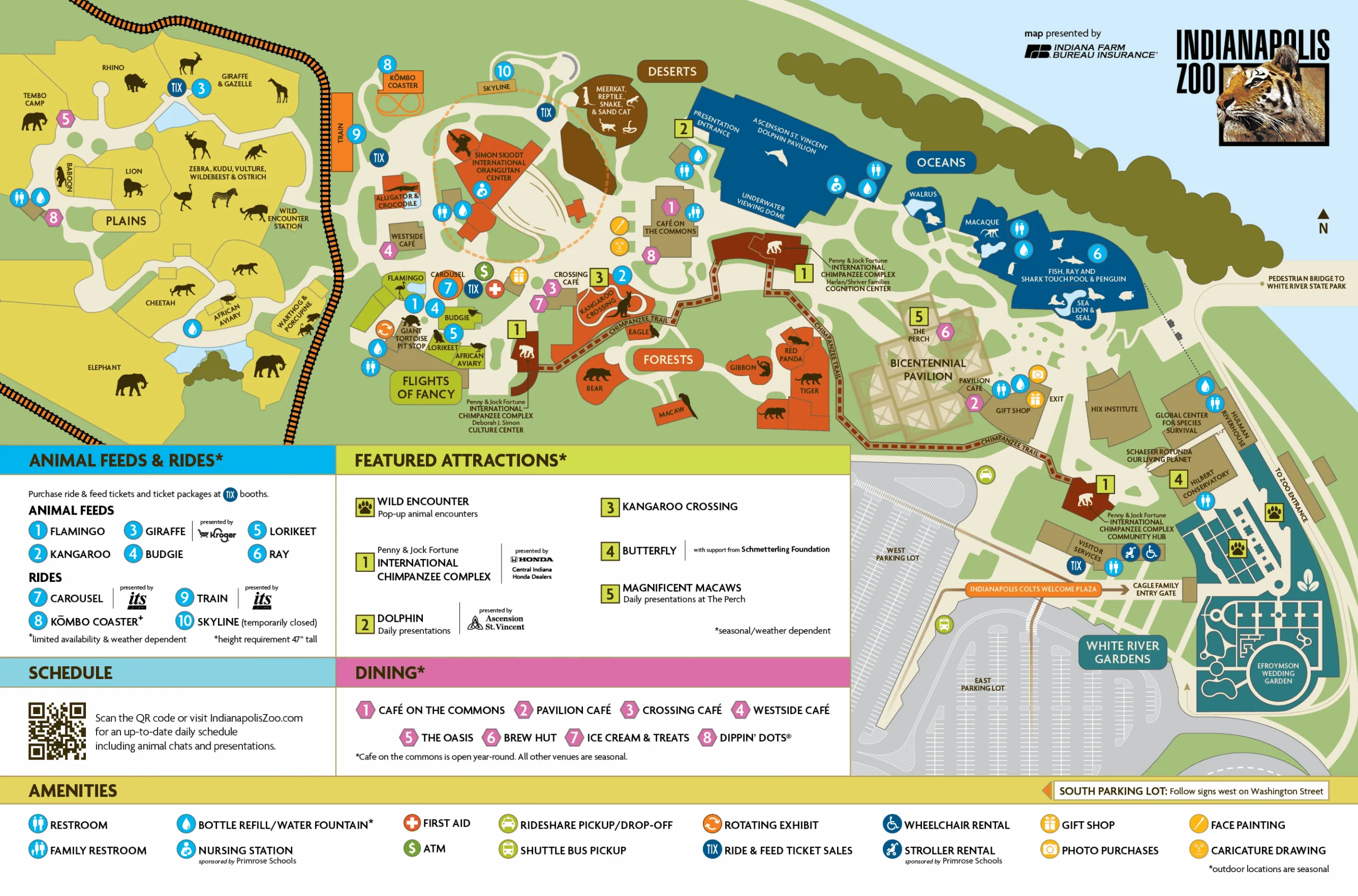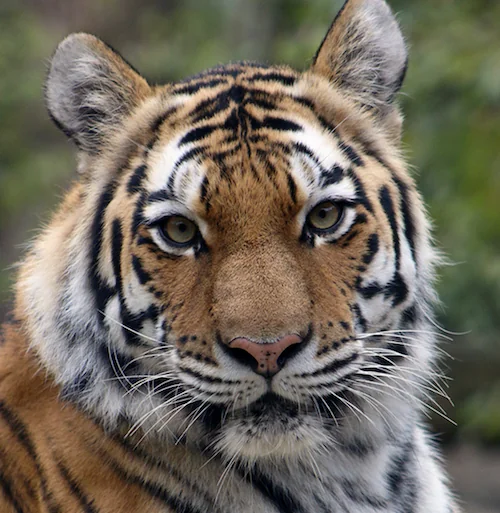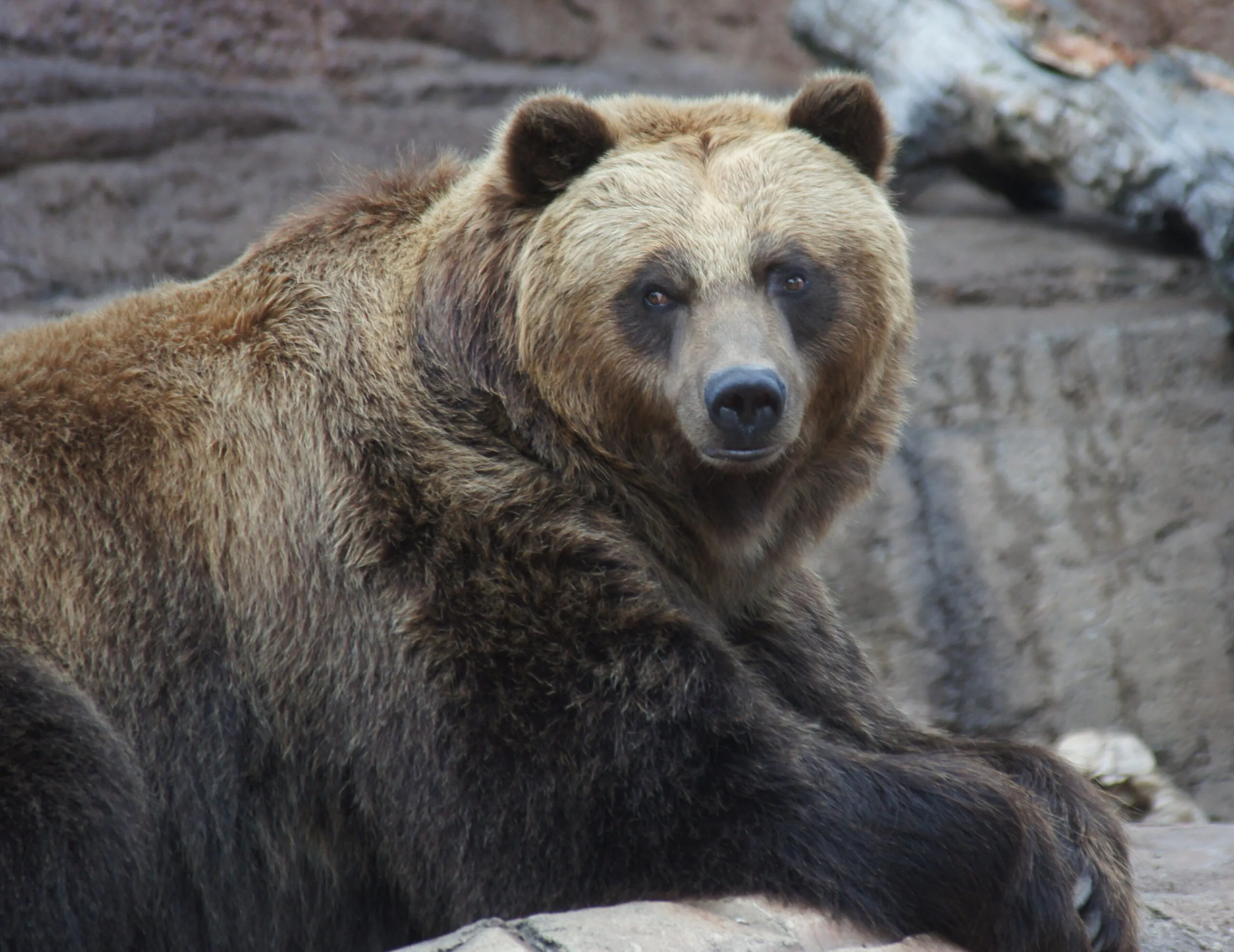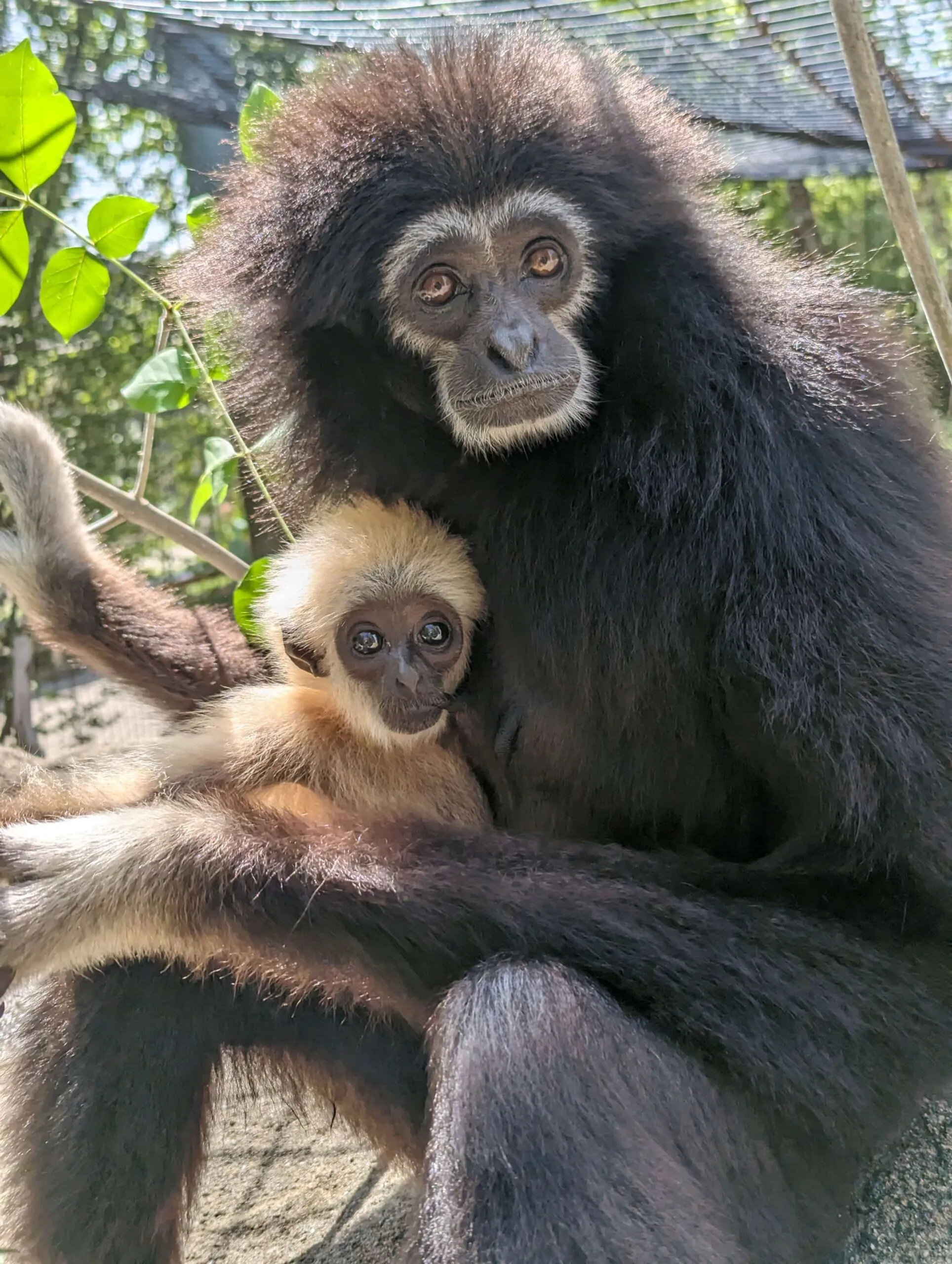-
Menu
- Plan Your Visit
- Meet The Animals
- Check Out Events
- Memberships
- About The Zoo
- Support the Zoo
- Conservation
- Education
- Groups & Private Events
- Zoo News
- Contact
- Zoo Store
- Indianapolis Prize
- Global Center for Species Survival
- Schedule
- Donate
- Membership
- Tickets

- Plan Your Visit
- Meet The Animals
- Check Out Events
- Memberships
- About The Zoo
- Support the Zoo
- Conservation
- Education
- Groups & Private Events
- Zoo News
- Contact
- Zoo Store
- Indianapolis Prize
- Global Center for Species Survival
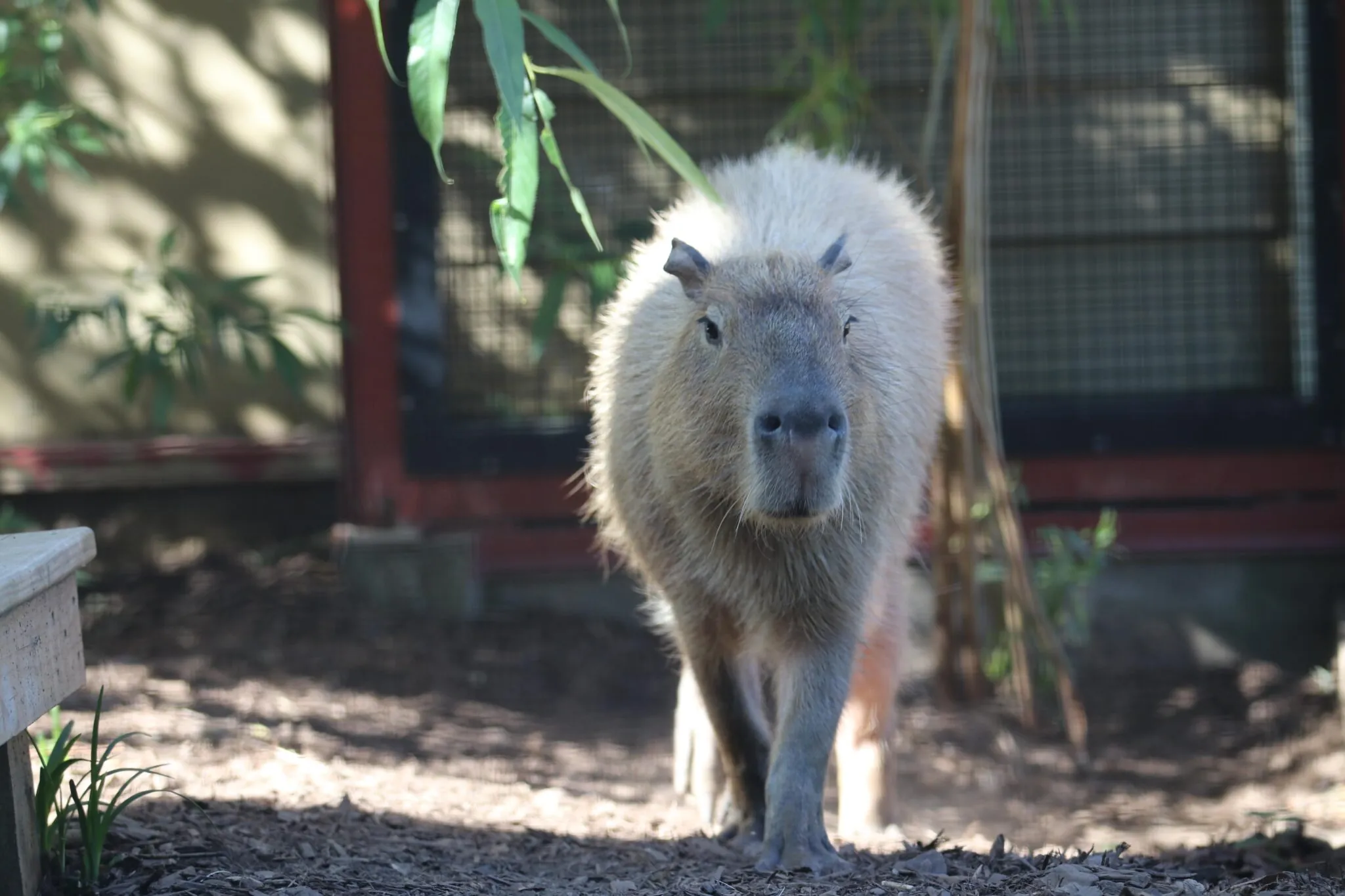
Capybara
Hydrochoerus hydrochaeris
About
Capybaras are the largest rodents on Earth—and some of the most social. Native to South America, these gentle grazers are often found lounging near rivers, ponds, and marshes in groups as large as 40.
Capybaras are excellent swimmers and can stay underwater for up to five minutes to avoid predators or simply cool off. Their semi-aquatic lifestyle means they rely on healthy freshwater ecosystems for survival, reproduction, and protection.
Capybaras graze on grasses and aquatic plants. They are one of the few mammals that re-ingest their feces to help extract every last bit of nutrition. As they move through their environment, they create feeding opportunities for birds and other species, making them an important part of the ecosystem.
Females give birth to 2-8 young after about five months. The babies are up and grazing within a week but are weaned at three months. Remarkably, mothers and other females care for the young together, helping to raise the next generation in communal creche groups.
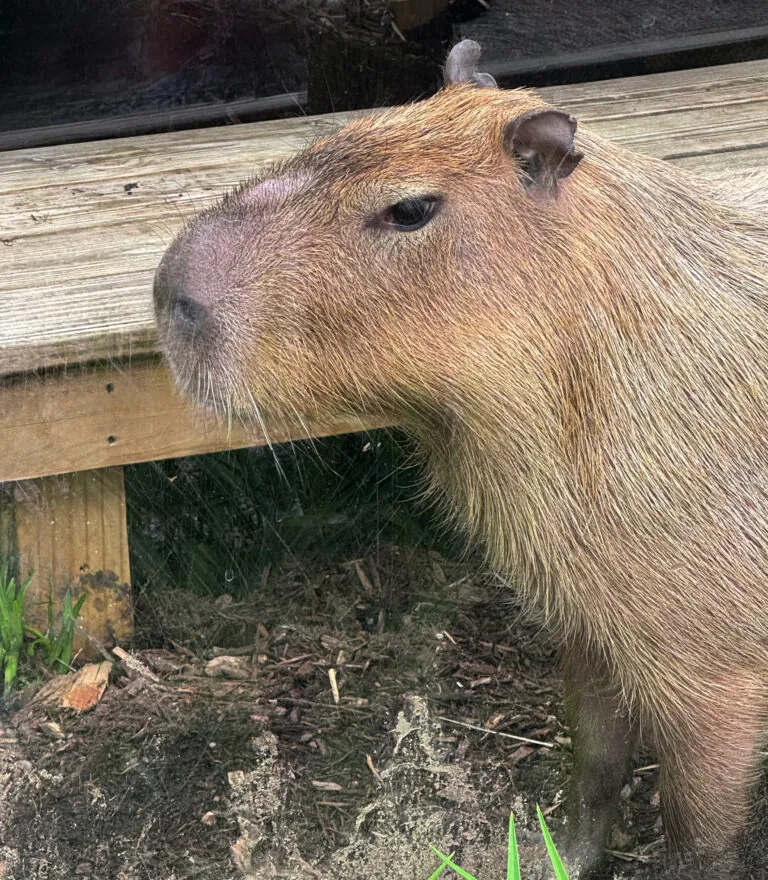
Conservation
Capybaras are currently listed as Least Concern by the IUCN thanks to stable populations across much of South America. However, they are still hunted in many areas for their meat and skins. Hunting regulations that have been in place since the 1950s have helped populations rebound in many countries.
Because capybaras are closely tied to water, protecting wetlands, streams, and marshes helps not only them, but also countless other aquatic and semi-aquatic species. You can help by keeping local waterways free of pollution.
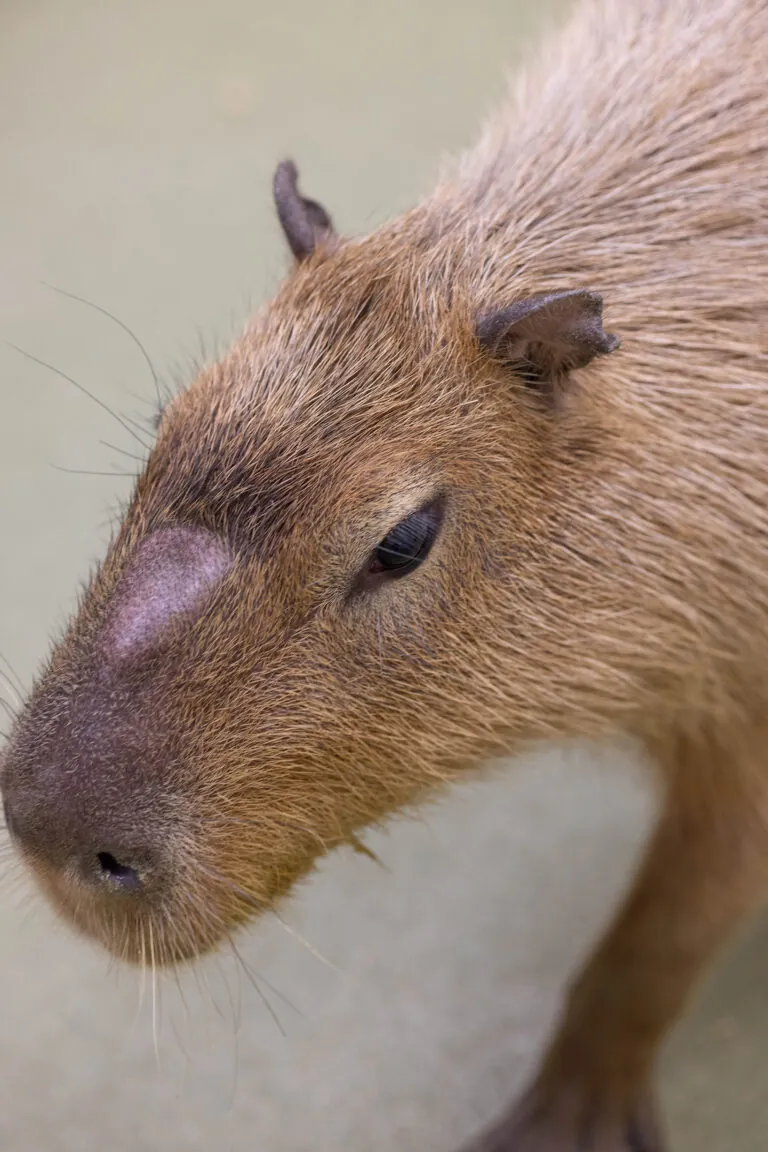
Meet Fezzik
Fezzik is a male capybara born in December 2022. He arrived at the Indianapolis Zoo in August 2023 and is one of our Ambassador Animals. Curious and calm, Fezzik helps guests of all ages learn about wildlife conservation and South American ecosystems.
Capybara Special Encounters
Want to get closer? Explore more about capybaras and meet Fezzik up close during a special ambassador animal experience.
WHERE ARE THEY AT THE ZOO?
The Capybara is located across from flamingo in Flights of Fancy.
